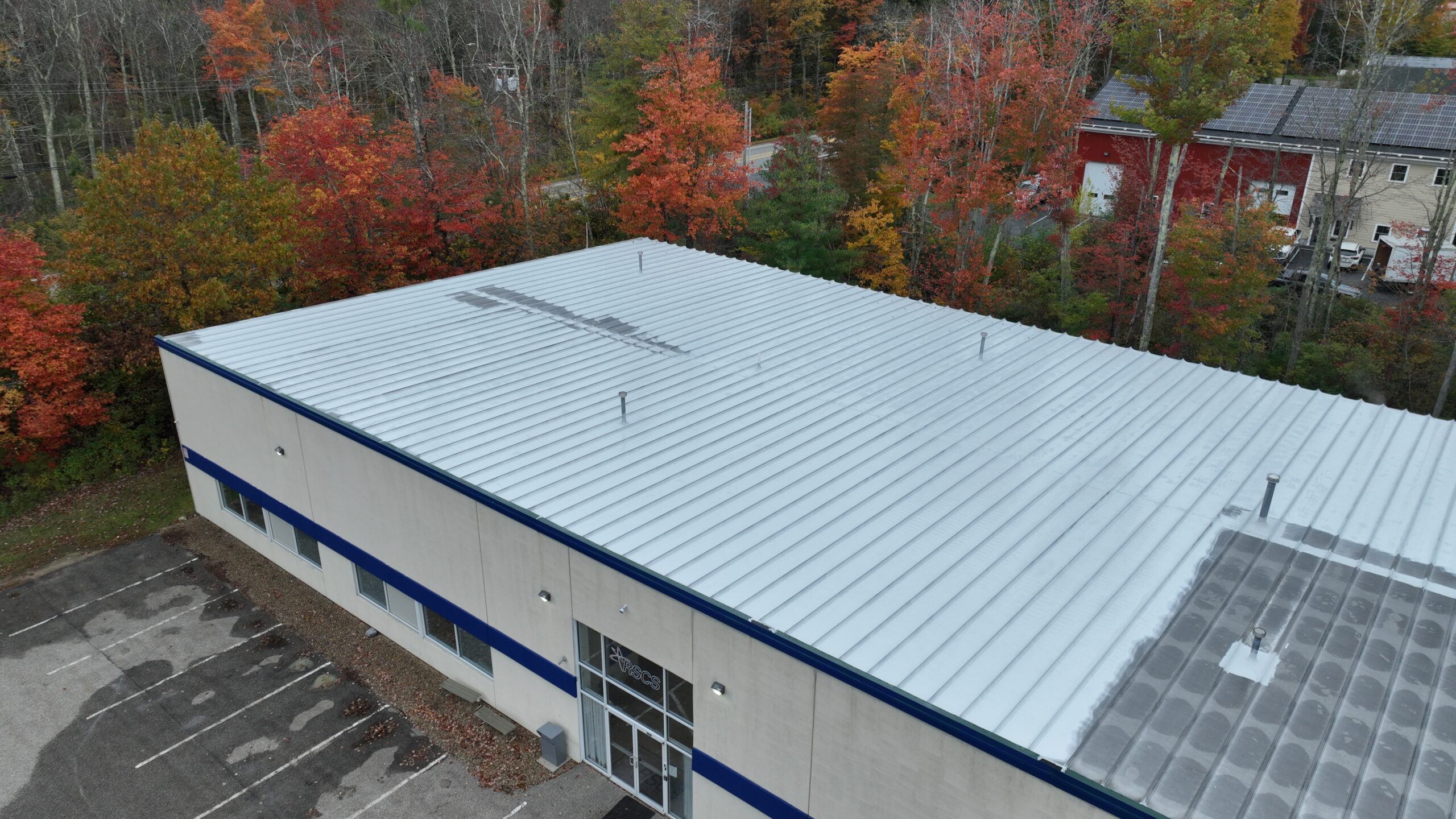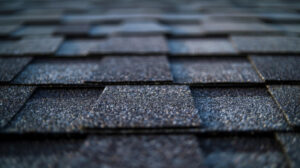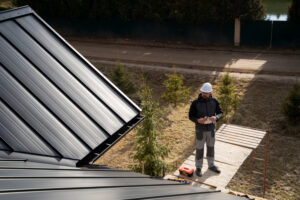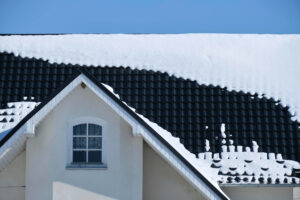
Flat roofs have become increasingly popular in residential construction due to their sleek, modern appearance and functional advantages. As a leading and trusted residential roofing contractor in New Hampshire and Southern Maine, J. Carnes & Son Roofing is committed to helping homeowners understand the types of flat roofing solutions available, along with the advantages and maintenance requirements. Choosing the right flat roof can be a game-changer in terms of aesthetics, durability, and energy efficiency for your home.
In this informative article, we’ll delve into the different types of flat roof materials and systems, discuss their respective benefits, and provide essential maintenance tips for homeowners with flat roofs. Empowering our clients with the knowledge to make informed decisions is a top priority for the team at J. Carnes & Son Roofing, and this comprehensive guide is intended to help you navigate the exciting world of flat roof solutions.
Whether you’re considering a flat roof for a new construction project, a remodeling endeavor, or simply exploring your options, understanding the core components of flat roof systems is imperative. By teaming up with an experienced roofing contractor like J. Carnes & Son Roofing, you can develop a customized flat roofing solution that meets the unique demands of your home, location, and personal preferences.
Flat Roof Solutions: Types, Advantages, and Maintenance Tips for Your Home
Flat roofs have become increasingly popular in residential construction due to their sleek, modern appearance and functional advantages. As a leading and trusted residential roofing contractor in New Hampshire and Southern Maine, J. Carnes & Son Roofing is committed to helping homeowners understand the types of flat roofing solutions available, along with the advantages and maintenance requirements. Choosing the right flat roof can be a game-changer in terms of aesthetics, durability, and energy efficiency for your home.
Types of Flat Roofing Solutions
There are several different materials and systems available for flat roofs, each with its unique benefits and drawbacks. Some common types of flat roofing solutions include:
- Built-Up Roof (BUR): A built-up roof consists of multiple layers of asphalt, fiberglass, or polyester felt, and a top layer of gravel or mineral granules. This traditional flat roof system is known for its durability and cost-effectiveness.
- Modified Bitumen: This roofing material features an asphalt-based product reinforced with fiberglass or polyester layers. The roof is installed using a torch-down method or a peel-and-stick adhesive process. Modified bitumen is known for its flexibility, weather resistance, and ease of repair.
- PVC (Polyvinyl Chloride): PVC is a single-ply synthetic roofing membrane known for its durability, energy efficiency, and low maintenance requirements. PVC roofs are heat-welded at the seams, creating a watertight bond that resists leaks.
- TPO (Thermoplastic Olefin): TPO is another single-ply synthetic roofing membrane popular for its energy efficiency, UV resistance, and flexibility. TPO roofs are heat-welded at the seams, allowing for a secure, leak-resistant installation.
- EPDM (Ethylene Propylene Diene Monomer): EPDM is a synthetic rubber roofing membrane known for its long life span, resistance to UV rays, and low maintenance needs. It can be installed using a ballasted, mechanically attached, or fully adhered system.
Advantages of Flat Roofs
Beyond their modern appearance, flat roofs offer several practical advantages for homeowners:
- Increased Usable Space: The level surface of a flat roof can be utilized for various purposes, such as rooftop gardens, solar panels, or recreational areas.
- Easy Access: Flat roofs are more accessible than sloped roofs, making maintenance tasks like cleaning gutters, inspection, and repairs easier and safer to perform.
- Flexibility in Design: Flat roofs provide design freedom for architects and homeowners, allowing for unique and innovative styles that accommodate personal preferences and property constraints.
- Cost-Effective: Flat roofs can be more cost-effective than their sloped counterparts due to reduced labor and material costs associated with the installation process.
Essential Flat Roof Maintenance Tips
To ensure your flat roof remains in top condition, it’s crucial to establish a routine maintenance plan and address potential issues promptly.
- Regular Inspections: Conduct semi-annual inspections of your flat roof to identify any signs of wear, damage, or leakage. After severe storms or high winds, perform additional inspections to ensure your roof’s integrity has not been compromised.
- Debris Removal: Keep your roof surface clean and free of debris, such as leaves, branches, or dirt, which can lead to standing water and damaged roofing materials.
- Check Drainage: Inspect and clean the drainage system on your flat roof regularly to ensure proper water flow and prevent ponding, which can cause leaks and structural damage.
- Monitor Roof Traffic: Limit foot traffic on your flat roof to necessary maintenance tasks and ensure workers wear soft-soled shoes to avoid damaging the roofing material.
- Schedule Professional Inspections: Consult with a professional roofing contractor like J. Carnes & Son Roofing periodically for a comprehensive evaluation of your flat roof and recommendations for any required repairs or maintenance.
When to Consult a Professional
While routine maintenance and minor repairs can often be completed by homeowners, certain situations warrant professional intervention:
- Leak Detection and Repair: If you suspect a leak in your flat roof, contact a professional to accurately identify and repair the issue.
- Material Replacement: If sections of your flat roof are damaged or worn, reach out to a professional roofing contractor like J. Carnes & Son Roofing to assess the damage and recommend appropriate replacement materials.
- Installation or Retrofitting: If you’re considering installing a new flat roof or retrofitting an existing one, it’s essential to consult with a professional to ensure a proper and efficient installation process.
Conclusion
Flat roofs offer homeowners a range of versatile and functional advantages, from increased usable space to energy efficiency and design flexibility. By understanding the various types of flat roofing solutions and adhering to essential maintenance practices, you can maximize the potential of your flat roof and protect your investment in your home.
Don’t hesitate to seek expert advice – contact the professionals at J. Carnes & Son Roofing for personalized solutions to your flat roof inquiries and requirements. Our team of experienced contractors is here to guide you in making the best decisions for your home’s unique needs.




